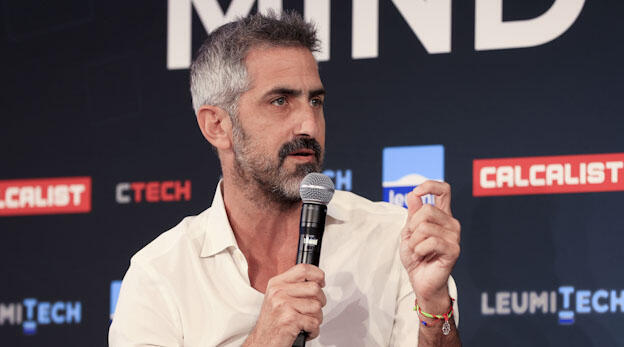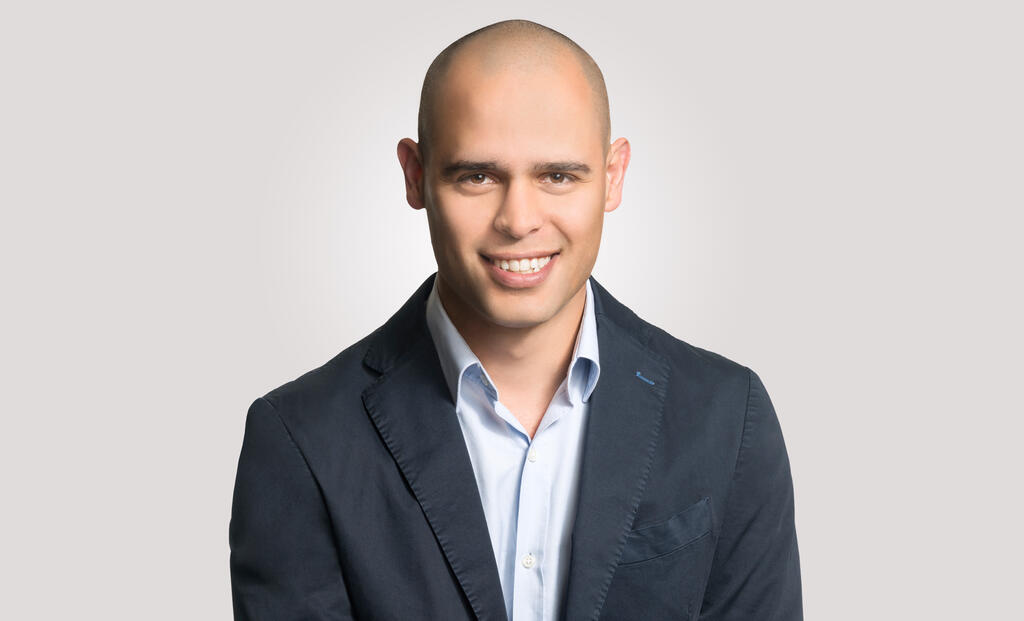
Opinion
Navigating the stressful seas of entrepreneurship: The power of the "And Then What" approach
The "And Then What" approach is a valuable tool to mitigate the fear of failure and turn perceived failures into learning opportunities, bolstering resilience and adaptability, writes Nimrod Vromen
Entrepreneurship, in its every essence, is a brave endeavor into the uncertain future. Regardless of how deep your pockets are or how many successful ventures you've been a part of, the looming dread of failure is often a perennial companion for startup founders. Recent data from the Startup Snapshot report corroborates this, with a staggering 42% of founders acknowledging that their fear of failure is a major source of stress.
The implications of this fear-induced stress extend beyond personal wellbeing, potentially undermining the success of the startup itself. When shackled by the fear of failure, founders often hesitate to embrace new challenges or experiment with innovative approaches, ultimately stunting their growth.
Over my 15-year career as an advisor to startups, I have observed this fear manifest in myriad ways, often leading to significant personal and professional turmoil. Founders frequently become entrapped in a vortex of doubts and concerns, and what's crucial here is to shift perspective and regain control.
In this piece, I want to share a mindfulness strategy that I have found particularly effective in helping founders navigate the tumultuous path of entrepreneurship. This strategy also aids in decision-making, benefitting both the individual and the startup's overall health.
Introducing the "And Then What" approach
The prime objective of this strategy is to foster perspective. It seeks to reorient your view of setbacks as stepping-stones, rather than stumbling blocks, transforming perceived failures into opportunities for future triumphs.
Consider you're at a pivotal junction—deciding on a key hire or finalizing a critical go-to-market strategy. Here's where the “And Then What” approach comes into play. Ask yourself this question and explore even the worst-case scenarios. Understand that these scenarios are not dead ends but opportunities for course correction. Remember, you are in the realm of business, not in a life-or-death situation. The key is to learn, adapt, and try again.
Remember, your startup is crucial, but it's only a part of your entrepreneurial journey—a journey that could encompass numerous ventures and experiences. As long as you uphold your integrity, make conscientious decisions, and remain true to your company’s core values, even a failure or two will merely be another chapter in your personal narrative of growth.
Putting the "And Then What" approach to test
To illustrate this strategy, let's consider a real-world scenario. Imagine you're in the process of hiring a new Chief Technology Officer (CTO) for your startup, a decision critical to the success of your upcoming product.
You interview a prospective CTO, who ticks all the boxes—impressive resume, outstanding interview performance, and glowing references. However, his background lies in the corporate sector and lacks experience in a startup ecosystem.
This is where you can employ the "And Then What" approach. Walk through the potential worst-case scenarios, envision their possible outcomes, and plan for adaptability and resilience.
What then #1? Suppose the new CTO underperforms, leading to a lag in product development and a lack of motivation within the tech team.
What then #2? You might need to part ways with the CTO, causing further delays in your product development and damaging team morale.
What then #3? These delays could result in a missed market opportunity, providing a competitor with an edge to capture substantial market share.
While this situation seems to go from bad to worse, it's important to remember that none of these outcomes is fatal for your startup.
But the "And Then What" approach doesn’t end there for it to really work; let's extend the scenario further:
What then #4? Suppose your board loses faith in your leadership abilities due to this misstep in hiring, calling into question your judgment.
What then #5? The board, overwhelmed with doubt, decides to halt further investment in the company.
What then #6? Perhaps in the worst-case scenario, the board decides to replace you as the CEO, or the company ceases operations due to lack of funds.
While these outcomes seem catastrophic, it's crucial to bear two key considerations in mind:
1. Understanding the probability:
A logical examination of this sequence of events reveals that the likelihood of all these adverse outcomes transpiring consecutively is quite low. At each stage, there are numerous variables and choices that could drastically alter the course of events. A singular setback does not dictate a continual downslide. Also, remember that board decisions are typically informed by a more comprehensive understanding of the business context and not based on isolated incidents.
2. Embrace your identity as a founder:
Even in the direst of circumstances, where the company ceases operations or you're replaced as the CEO, understand that this does not signify the end of your journey as a founder. It is vital to remember that you were an entrepreneur before your company came into existence, and this spirit will continue to thrive irrespective of any setbacks. Closure or departure from one company doesn't preclude the possibility of future ventures. Every failure is merely a stepping stone to the next venture, each trial, a lesson for future success.
Fear of failure is an intrinsic part of the entrepreneurial journey. It is the driving force that propels you to disrupt markets, bring about change, and potentially amass substantial wealth at a relatively young age. The "And Then What" approach is a valuable tool to mitigate this fear and turn perceived failures into learning opportunities, bolstering resilience and adaptability. Remember, if your journey doesn't feel challenging, it might be worth questioning if you're on the right path at all. Welcome these challenges as an affirmation of your extraordinary endeavor.
While the worst-case scenarios provide valuable insight or at least help relieve stress when you factor in their probability of materializing and what that would even mean to you as an entrepreneur, it's equally important to identify the more immediate, "low-hanging fruit" lessons that can be derived from the "And Then What" approach.
1. Gaining insights into key hiring decisions:
In our example, one of the initial setbacks was the underperformance of the new CTO. This experience offers valuable insights into the importance of aligning prospective hires with the specific needs of your startup. It underscores the value of startup ecosystem experience versus corporate expertise, particularly for roles that drive innovation.
2. Enhancing team dynamics:
The potential demotivation of your tech team presents a learning opportunity to improve team dynamics and morale. Future leadership hires should not only be evaluated on their technical expertise but also their ability to inspire and lead teams, particularly in a startup setting where adaptability and collaboration are crucial.
3. Adapting to market dynamics:
The risk of missing a market opportunity due to product development delays underlines the need for a flexible go-to-market strategy. It emphasizes the importance of competitive analysis and having a contingency plan in place to adapt to changing market dynamics.
4. Cultivating resilience:
Experiencing setbacks, such as a delay in product development or missed market opportunities, helps cultivate resilience. Such experiences emphasize the importance of learning from missteps, adapting strategy accordingly, and maintaining a relentless focus on your business objectives.
5. Unearthing hidden leadership potential:
Facing setbacks can often reveal unexpected leadership potential within your team. When confronted with challenges, team members may step up, showcasing skills and competencies that were previously unnoticed. This can lead to a more robust, versatile, and resilient team in the future.
At the core, it's vital to remember that your entrepreneurial journey doesn't solely revolve around your current venture. Each setback, each perceived failure, merely serves as a stepping-stone on your path to success. Even the seemingly insurmountable challenges can be seen as opportunities to grow, learn, and pave the way for future triumphs. After all, you're a founder, an entrepreneur at heart – and the entrepreneurial spirit thrives on the challenge, the uncertainty, and the thrill of the journey.
Nimrod Vromen is a Partner at Arnon, Tadmor-Levi law firm, and CEO of the consulting firm Consiglieri Ltd.














